The German Aviator's Leg
Luck can sometimes be a researcher’s most valuable asset. This is certainly the case for one item held by the Memorial that has fascinated many of the staff in my section – an artificial right leg worn by a German aviator during the First World War.
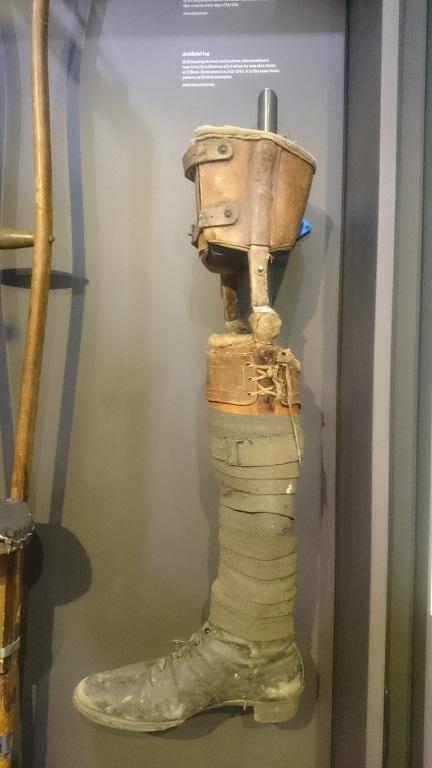
The fact someone managed to continue on active service during the war after losing a limb is fascinating and fairly rare. There were only a small number of men who flew in the various air forces and flying corps during the First World War who were each missing a limb. Two of the better known are German pilot Karl Gregor who lost his left leg during the war while flying with Jasta 29 in 1917, re-joining them in mid-1918 and Australian pilot Frank Alberry who lost his right leg serving in the AIF and later served with No. 2 Squadron AFC.
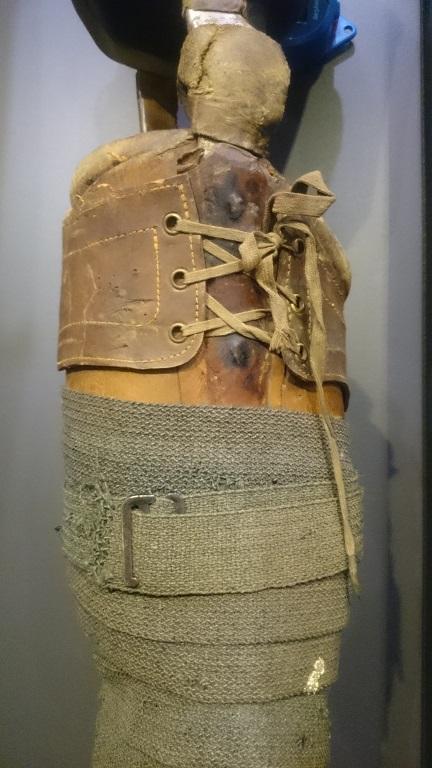
Unfortunately the name of the aviator who wore this right leg was not recorded and we have tried to find out who he was a few times in the past, along with the circumstances of the acquisition of the limb from the pilot, namely was he killed? Was he taken prisoner? The former seemed most likely but unfortunately not much information came with the leg when it was donated in 1918 by Private W Barrett of the 46th Battalion, other than stating the leg belonged to a German aviator shot down at Villers-Bretonneux in 1918.
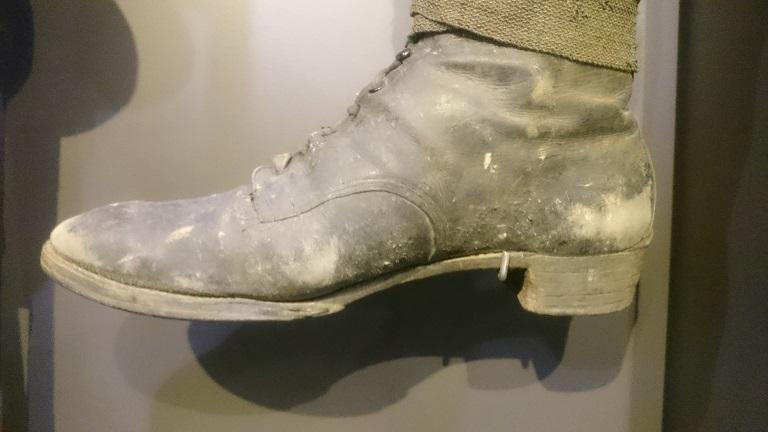
Our first problem was the donor - trying to find Private W Barrett has proven to be a challenge and we are still yet to find anyone of that name from that or an associated unit. Our second problem was the date the pilot was shot down. Due to a misreading many years ago of early collection registers it was thought the pilot had been shot down in July 1918, but going back to the earliest records we discovered that Private Barrett acquired it and then donated it to the Australian War Records Section (the precursor to the Memorial) that month.

This is where the luck comes in. While trying to hunt down some information about overseas service chevrons in the 47th Battalion’s war diary I accidently came across a reference to a German plane seen by members of the 47th Battalion at Villers-Bretonneux after it crashed on the morning of 19 May 1918. The record initially caught my attention as it mentioned changes in cross markings on the German aircraft’s wings but then the following sentence leapt out at me: “Pilot was also different, he had a wooden leg & was quite dead when picked up. Buried him at [Sheet 62d] O30d 65”. This is near the remains of some buildings – possibly an old farmhouse and barns.
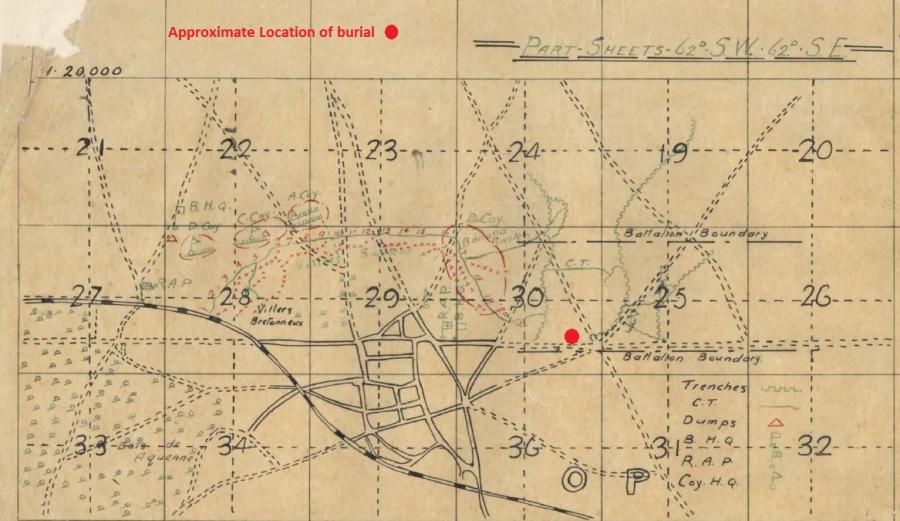
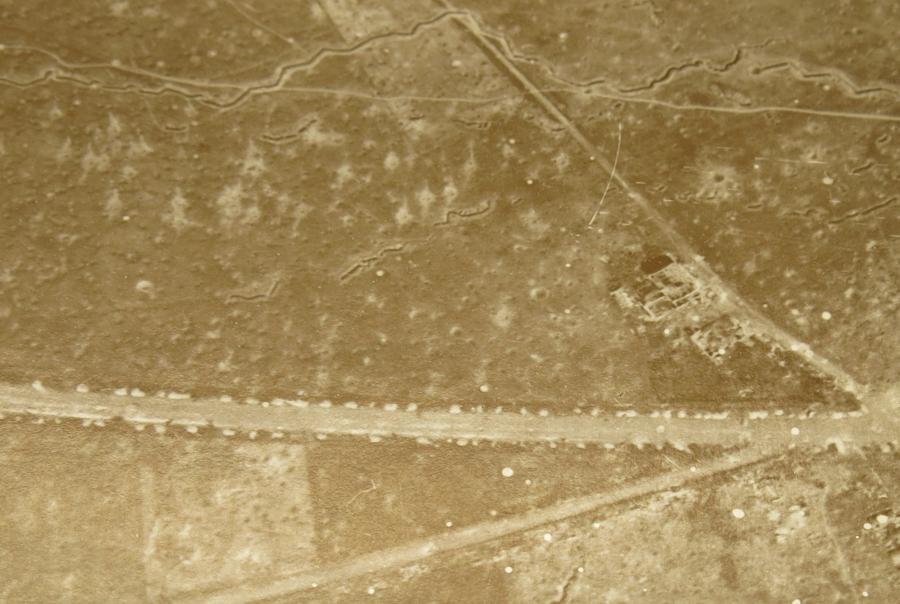
Unfortunately the pilot was not named but I realised this was our man, the one whose leg we held in the collection. This meant our chance of finding out who the pilot was, was a little bit closer. Checking the book The Jasta War Chronology we discovered a number of casualties were suffered by the Germans that day, but it only lists one pilot killed at or near Villers-Bretonneux - Oberleutnant Hans Witt who flew with Jasta 46. He appears to be the candidate for the one legged airman who crashed at Villers-Bretonneux, although we have yet to confirm that he only had one leg and have yet to confirm the details of his crash.
Hans Witt was born at Graudenz, Poland (although back then it had been annexed by Prussia in 1772 and became part of the unified German Empire in 1871) on 19 July 1891. He did not have any kills to his credit and may have only served with the unit for about a month before he died. The day he was killed, Witt was flying in an Albatross DV. Jasta 46 lost two men at Villers-Bretonneux that day, Witt killed and Leutnant Alois Weber taken prisoner.
Albatros DVa in the Memorial's collection - similar to the Albatros DV that Witt flew, but with reinforced wings and without the headrest the DV had.
In researching the various casualties and air battles that occurred around that day we have come across some discrepancies that stop us stating 100% for certain the pilot with the artificial leg was Witt but now we have a time period for the event and hopefully in the future we can discover more about the pilot, confirm who he was and tell his story. We have received some helpful information from the public about this which has contributed to our understanding about the crash. Piece by piece the story is coming together.
The leg is currently part of the Spirit of Anzac Centenary Experience.
